w.collective













PRESID ENT
STELLA H O ‘22
PHOTOSHOOT DIRECTORS
SERENA CHAN ‘23 & ANA RUBIN ‘24
EDITOR-IN-CHIEF VICTORIA HO’24
TREASURER
RIYA BALACHANDRAN ‘24
SOCIAL MEDIA DIRECTOR JELEN PITTMAN’24 ART DIRECTOR
PATTY BENITEZ-LOMI ‘23
WEBSITE MANAGER BERNICE SUN ‘24
PUBLICATION & EVENTS CHAIR EMMA LEE ‘24
GENERAL MEMBERS

BREANNA WHITE ‘22 COLLEEN BOGGS ‘23 ZOE TAYLOR ‘23 ZANDREA EVANS ‘24 JIVONSHA FFRENCH ‘24 GREER MARSHALL ‘24 ISA MARTINEZ ‘24
CAROLYN NEE ‘24 ARI ZADVORNAYA ‘24 IVY BUCK ‘25 AKASHA BRAHMBHATT ‘25 ADRIANA CASTILLO ‘25 SOPHIA CHENG ‘25 TOMI FALODUN ‘25
NESHAAT BHARWANI ‘23 GAYA KRISHNA ‘23 NANXI LIU ‘24 SYLVIA NICA ‘25 MAHILET TEFERA ‘25
*see FACI pgs. 10-13 for full photoshoot*
ALEXA HALIM ‘25 MARISA HU ‘25 LILA JOFFE ‘25 SYLVIA NICA ‘25 SOPHIA QIN ‘25 ZOE YU-SHIN CHANG ‘25 EMILY ZHU ‘25
PATTY BENITEZ-LOMI ‘23 BERNICE SUN ‘24 BREANNA WHITE ‘22
At my first org fair in fall 2018, I was thrilled to discover that W.Collective, a fashion and lifestyle magazine, existed at Wellesley. Then, I fell sick and had to miss their first meeting. My first year brain was genuinely worried that I would be banned from the org for life. Thankfully, Tabby (the president at the time) was a more reasonable person than I, and greeted me with a smile at W.Collective’s second meeting of the year.
I still remember that meeting. I was scared of everyone who had gathered in the Sev smaller living room. They seemed so confident and stylish—the kind of people who belonged in the Vogue magazines I had accumulated over six years. My heart was in my throat when I proposed a photoshoot idea, and it soared when Tabby actually liked it. The sentence I had nervously spat out about showing how to casually wear the metallics trend seen on Spring/Summer 2019 runways became the “REFLECTIVE” shoot. At the shoot, piecing together clothes, watching the photographer adjust the huge lights, and giving directions to models, I felt like I had stepped into the behind-the-scenes videos I’d seen on Instagram.
In the three-and-a-half years since then, I’ve continued to have that same sense of an out-of-body experience during every W.Collective photoshoot I’m on the set of. As I’ve gone from contributor to Photoshoot Director, to this being my first full year as President, I’ve remained in awe of the creativity, passion, and adaptability of our eboard and general members. I’m honored to know them, I’m so proud to share the work we’ve completed this semester. Inside these pages, you’ll find stories that students have shared with us about their relationship with clothing from their cultures, an analysis of why fashion is an essential component of movies, a photoshoot that brilliantly reinterprets three classic Halloween films, a breakdown of how fashion has become a powerful political tool, and a feature on a talented jewelry designer who happens to be a Wellesley student. I hope you’ll find inspiration to live and dress more boldly, and to search for nuance and connection in movies, news articles, and conversations. I know I have.
Looking back on that very first meeting, I have to laugh at myself for being afraid of everyone. I’ve learned that all the people who gather for our weekly meetings have a common goal of creating and sharing something beautiful. And, the people I’ve met through this org have been some of the kindest and open-minded—as well as, yes, confident and stylish—people on this campus. W.Collective is a community of passionate individuals who love fashion, art, pop culture, and lifestyle, and are constantly exploring how our Wellesley community leaves their own imprint on these areas.
Thank you to Ana, Serena, and Victoria for guiding our photoshoot and editorial teams with charisma and innovation, Patty for leading the creation of the print magazine and making super sick spam, Riya for securing the funds to get this magazine into your hands, Bernice for keeping our website beautiful, Jelen for running our Instagram and inspiring us to shop at Spirit Halloween every month of the year, and Emma for making our first in-person event in over a year happen and always keeping energy high. And, thank you, of course, to the writers, photographers, models, makeup artists, and contributors for the time and talent that you’ve contributed to this magazine and our org. You all are the reason why I smile and feel a rush of gratitude when I see your faces at our meetings and events.
And to you, welcome to our community. We’re thrilled to have you here, and can’t wait to be inspired by you.
With love, Stella Ho ’22
Withthe help of media outlets everywhere from the New York Times to Instagram accounts like Diet Prada, outfits can become notorious. They’re picked apart on various platforms, with articles ranking best dressed, worst dressed, and analyzing the composition and style of the outfit. When a celebrity wears a certain dress or spreads an activist message, the media frenzy becomes especially pronounced. Outlets debate the effectiveness and merit of the message, and whether the desired effect was truly achieved through fashion.
R ed carpet events such as the Met Gala are particularly notable for combining politics and fashion. Already widely publicized, they provide a platform for messages in celebrities’ outfits to reach a large number of viewers. This trend becomes especially clear with political figures. Oftentimes in politics, fashion becomes a tool to create awareness of an issue, assert a certain view, or simply stir up a media frenzy. A key example: during the 2021 Met Gala, Representative Alexandria Ocasio-Cortez chose to wear a Brother Vellies gown emblazoned with the words “Tax The Rich” across the back.
Media reaction was instant. The congresswoman’s gown went viral on Twitter and Reddit, sent conservative talk show hosts in a tizzy, and became the subject of think pieces in the New Yorker, Bloomberg, and The Washington Post.
The simplicity of Ocasio-Cortez’s look is what made it so effective, and so easily viral. With large, red text splayed against a simple white fabric, the dress seemed to mimic block text memes that go viral on Instagram and Reddit. Easily visible, even from a distance or in a crowded room, the message “TAX THE RICH,” is both quickly digestible and a succinct sound bite to quote. Paired with simple gold hoop earrings, a slick bun, and a blocky, minimalist red purse echoing “Tax the Rich” in smaller but similarly readable letters, the look is both elegant and keeps the attention on the gown’s text. Ocasio-Cortez held a consistent pose in photos to make the message visible, showing that she expected and invited media scrutiny, and came prepared to weather both praise and criticism.

The irony of wearing a “tax the rich” dress in a room with some of the wealthiest people in America added a tongue-in-cheek gall that spurred further conversation. Ocasio-Cortez was conscious of the media firestorm that would follow, including the conservative backlash. When speaking to reporters, she stated:
However, often raised was the question of how much the gown accomplished, and whether it was a stunt to otherwise justify her attendance at the event. Although many think pieces debated the effectiveness or supposed hypocrisy of her message, the very existence of these articles, the tens of thousands of social media comments, the talk show debates, caused conversation about and brought awareness to a relevant topic as Biden’s Infrastructure Bill—and questions of its funding—became pressing.
“I think it’s time we bring all classes into the conversation.”
Similarly simple outfits have been catered to the media, but with widely different messages and outcomes. For example, in 2018, former first lady Melania Trump’s “I Really Don’t Care, Do U?” $39 Zara jacket became infamous. As with Ocasio’s outfit, the outfit—a green jacket with white text emblazoned on it, a casual hairstyle, and no flashy accessories—allowed the text at the back to become the star in photos. It immediately went viral. Easily readable with the white text against a dark olive background, the photo of Melania wearing this jacket to board a plane that would take her to visit immigrant children at a border detention center spread across social media sites and news articles that analyzed, criticized, and occasionally praised the jacket.

Although it was initially unclear whether the choice was intentional, Trump later revealed that her style choice was explicitly meant to provoke the media. In a later interview, Trump stated,
Trump’s outfit shared similarities to Ocasio-Cortez’s— both having large text on the back, both relatively simple, both meant to stir up a media conversation and create in a viral frenzy. However, unlike Ocasio- Cortez’s, there was a certain horror. Trump wore this outfit emblazoned with “I Really Don’t Care, Do U?,” on her way visit a detention center for migrant children separated from the parents, a policy lambasted by human rights organizations and exposed as pointless and unnecessarily cruel. Trump did change into a more innocuous cream-colored jacket when actually visiting the children, but choosing to wear—and be photographed in—the Zara jacket has a chilling effect.
Under the microscope that political figures are often placed under, clothes, though often neutral in everyday life, can be used to spread messages and spur conversation, especially when crafted in an easily replicable, easily understood form. As used by politicians, clothes and accessories thus become a conduit for a symbiotic relationship between the press and political figures, especially as social media has distilled many newsworthy topics into quick visuals. The result? Fashion has reasserted its ability to be a powerful tool to stir people, spark conversation, and shine relevance on political topics.

“It was for the people and left wing media criticizing me.”
 by zoe yu-shin chang ‘25
by zoe yu-shin chang ‘25
In the ever-changing world of cinema, we witness the evolution of movie genres and television shows. From romantic comedies to horror movies, these productions embody the intentionality of the people involved, from actors to the costume designers. An essential feature of creating a compelling film is how various elements contribute to our understanding of the movie—movies fundamentally draw the audience in with their engaging storylines, characters, and attention to detail in visual elements, such as symbolism in costumes. Fashion, especially, can play a key role in the movie-watching experience.
Clothing choices in movies suggest the significance of the work’s tone, atmosphere and themes, alongside a sense of place or belonging to a certain time period in history, linking the cinematic experience to the sophistication of the fashion industry. The fusion of film and fashion thus generates an interdependence that continues to shift with the changing modern world landscape.
Take, for example, Cruella (2021) starring Emma Stone and Emma Thompson, an origin story for Cruella de Vil, the main villain of Disney’s 101 Dalmatians (1961). Cruella’s (Stone) costumes reflect her desire to challenge the convention of high fashion that the Baroness von Hellman (Thompson) sets; as her vengeance escalates, her outfits become increasingly bizarre and dramatic.

Living in London during the punk rock movement of the 1970s, Cruella has a gift for fashion design and seeks to make a name for herself in the industry. When she catches the attention of the Baroness, the most esteemed fashion designer in London, her journey into the fashion world begins in a whirlwind of adventure, theft, and mischief.
As a film based heavily on couture and creative designs, the costumes in Cruella embody the significance of the plot and characters. For instance, Cruella wears her first major costume when she crashes the Baroness’s Black and White Ball: an ivory white cape and an intricate masquerade mask. She then drops a match on her dress and the white cape burns away to reveal a stunning, body-hugging red dress, indicating that she is challenging the concept of the “Black and White Ball” and drawing all the attention to herself.
Cruella’s next appearances involve gatecrashing the Baroness’s other galas, at one point stepping onto the roof of a car wearing an intricately decorated jacket with a long flowing red skirt and bearing her signature black-and-white hair. Her skirt is so long that it covers the entire car, shielding the Baroness (who is inside) from the attention of the journalists and photographers at the event.
As we all know from 101 Dalmatians, Cruella de Vil is mean and disrespectful. Likewise, in the live action movie, her outfits mirror her chaotic energy, becoming grander and more eccentric as she spirals out of control. The contrast between the styles of Cruella and the Baroness is also striking: whereas the Baroness’s outfits are polished and sophisticated, Cruella’s emphasizes spontaneity and scale, with her thinking the crazier the better. Cruella presents a use of fashion that is heavily intertwined with the plot and characters, therefore providing the spectator with deeper insight into the characters’ mindset and development.

We see a different kind of representation of fashion in Sabrina (1954): the dynamic between the actress and costume designer in the case of Audrey Hepburn and Hubert de Givenchy. Givenchy’s costumes help to accentuate the storyline where Hepburn’s character, Sabrina, evolves from an often-ignored girl into an elegant woman.
The daughter of a chauffeur to a wealthy New York family, Sabrina is sent to Paris for two years to study cooking. After she returns, we witness her style change from a girl who wears overall dresses and a ponytail—Paris has transformed her look to be much more sophisticated. On her first day back, she wears a fitted collarless wool suit, a long skirt cinched at the waist, and a stylish turban that covers her short hair. Whereas Givenchy designed Hepburn’s ball gowns, Edith Head, the film’s wardrobe supervisor, gave her some freedom in choice of wardrobe for her other outfits. Since it was a black-and-white movie, Head instructed Hepburn to choose items that were not purely black or white. Thus, this first post-Paris outfit is in a grayish tone to accentuate the color that appears on screen.
Sabrina wears her most iconic costume at a party that David, her childhood crush and the younger son of the family her father works for, invites her to at his family’s mansion. She wears a gorgeous Givenchy-designed white gown with delicately embroidered flowers, and a long, flowy tulle that hugs her waist. Her gown is easily the most prominent and beautiful clothing piece in the entire room—and the most memorable outfit of the movie.

Hepburn is a perfect fit for Givenchy’s designs, because the outfits highlight her body shape and she, in turn, accentuates the design of the outfits. In an interview, the actress once remarked,

Another Givenchy creation for the film, a black dress with a V-dip in the back, cinched waist, and flared skirt, has become a classic fashion style that persists even today, with its neckline dubbed the “Sabrina” neckline.
In their costumes, Cruella and Sabrina, released almost 70 years apart, show the enduring importance of fashion to movies. They present the stylization and combination of fashion and film, as well as the ways they build off each other. Fashion is ingrained in how films operate: it enhances a movie’s visual experience, reflecting the work’s period and context. Effective costume design also speaks to how fashion changes in society—films often have a power to influence spectators, and create new movements, trends, and designs. As exemplified by Cruella and Sabrina, fashion is a fundamental element in films that can make the overall movie itself more compelling and captivating.
“His are the only clothes in which I am myself. He is far more than a couturier; he is a creator of personality.”
Culture has always been embedded in fashion, and so much of our identities are stitched into the clothes we wear.
Culture has always been embedded in fashion, and so much of our identities are stitched into the clothes we wear.

photographed by SERENA CHAN ’23
ANA RUBIN ‘24 ZANDREA EVANS ’24
created and directed by SERENA CHAN ’23
ANA RUBIN ‘24
edited by SERENA CHAN ’23 ANA RUBIN ‘24

W.Collective asked five students—Mahilet, Gaya, Neshaat, Sylvia, and Nanxi—to share their cultural garments and how they feel connected to their roots in Ethiopia, India, Pakistan,
W.Collective asked five students—Mahilet, Gaya, Neshaat, Sylvia, and Nanxi—to share their cultural garments and how they feel connected to their roots in Ethiopia, India, Pakistan,
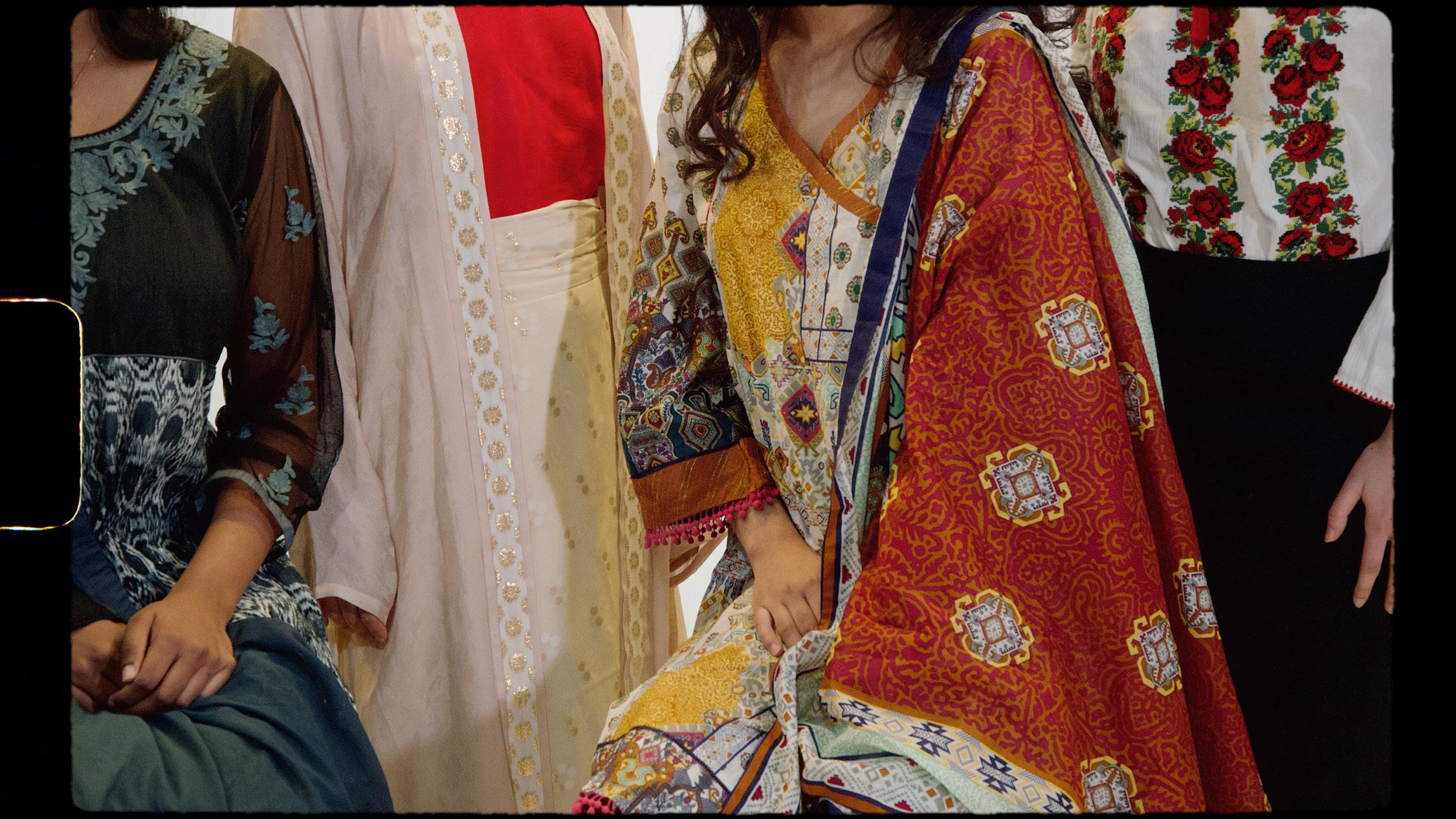
modeled and styled by NESHAAT BHARWHANI ’23
GAYA KRISHNA ‘23
NANXI WU ‘24
SYLVIA NICA ‘25
MANILET TEFERA ‘25
production assistants STELLA HO ‘22
PATTY BENITEZ-LOMI ‘23






sylvia nica ‘25, romania. neshaat bharwani ‘23, pakistan.







directed by serena chan ‘23 & ana rubin ‘24 photographed by alexa halim ‘25 modeled & styled by carolyn nee ‘24 & jelen pittman ‘24


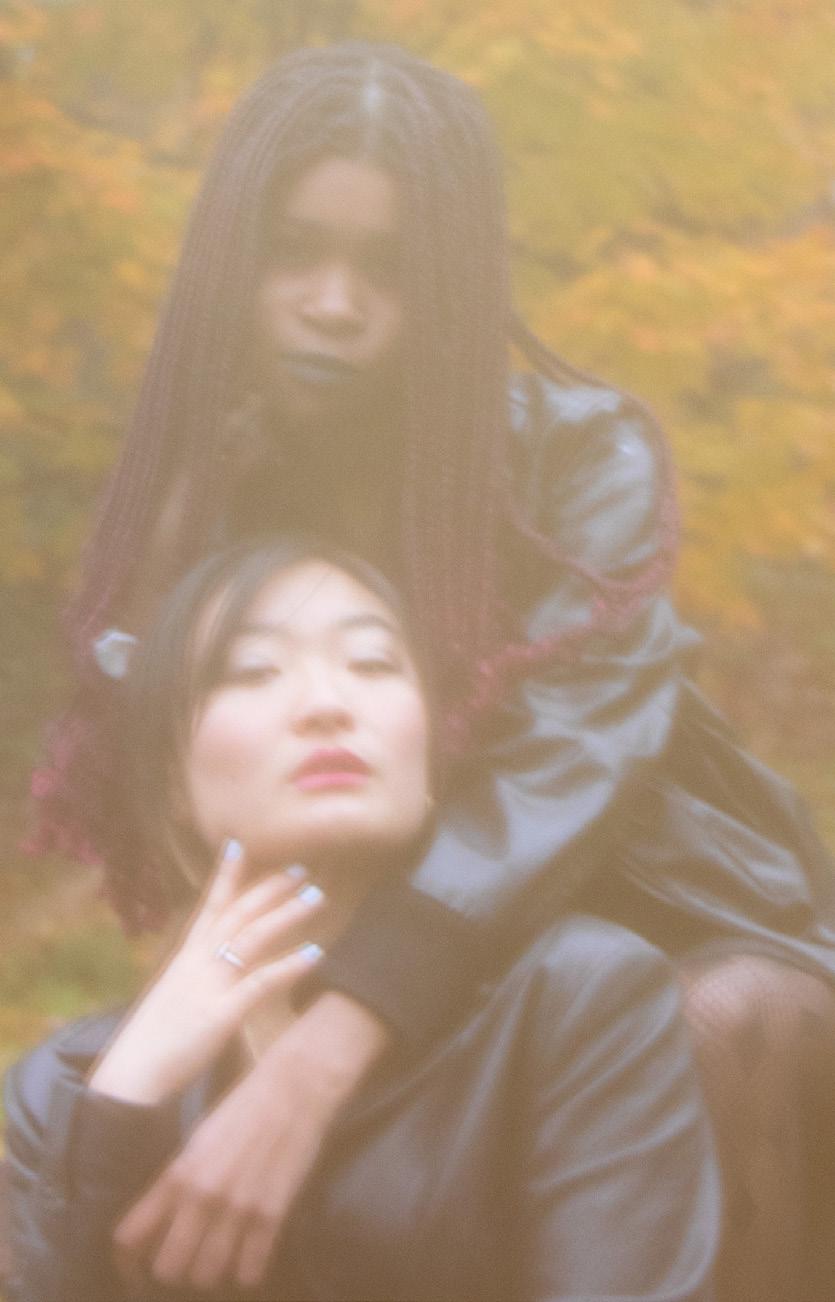



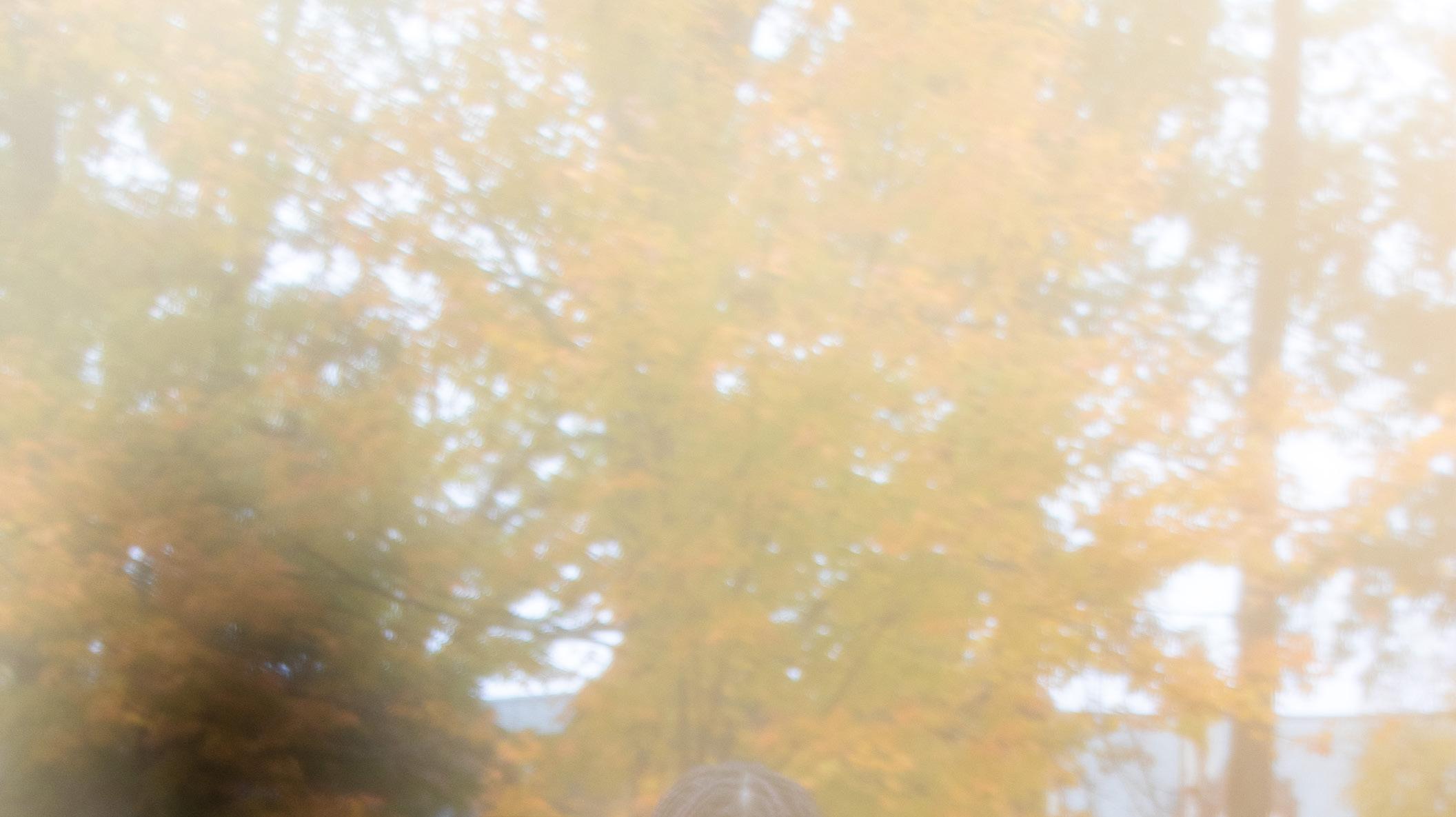







 TED BY SERENA CHAN ‘23 & ANA RUBIN ‘24 PHOTOGRAPHED BY ARI ZADVORNAYA ‘24 MAKEUP BY AKASHA BRAHMBHATT ‘25 MODELED BY EMILY ZHU ‘25 STYLED BY ADRIANA CASTILLO ‘25
TED BY SERENA CHAN ‘23 & ANA RUBIN ‘24 PHOTOGRAPHED BY ARI ZADVORNAYA ‘24 MAKEUP BY AKASHA BRAHMBHATT ‘25 MODELED BY EMILY ZHU ‘25 STYLED BY ADRIANA CASTILLO ‘25


what we do in the shadows what we do in the shadows

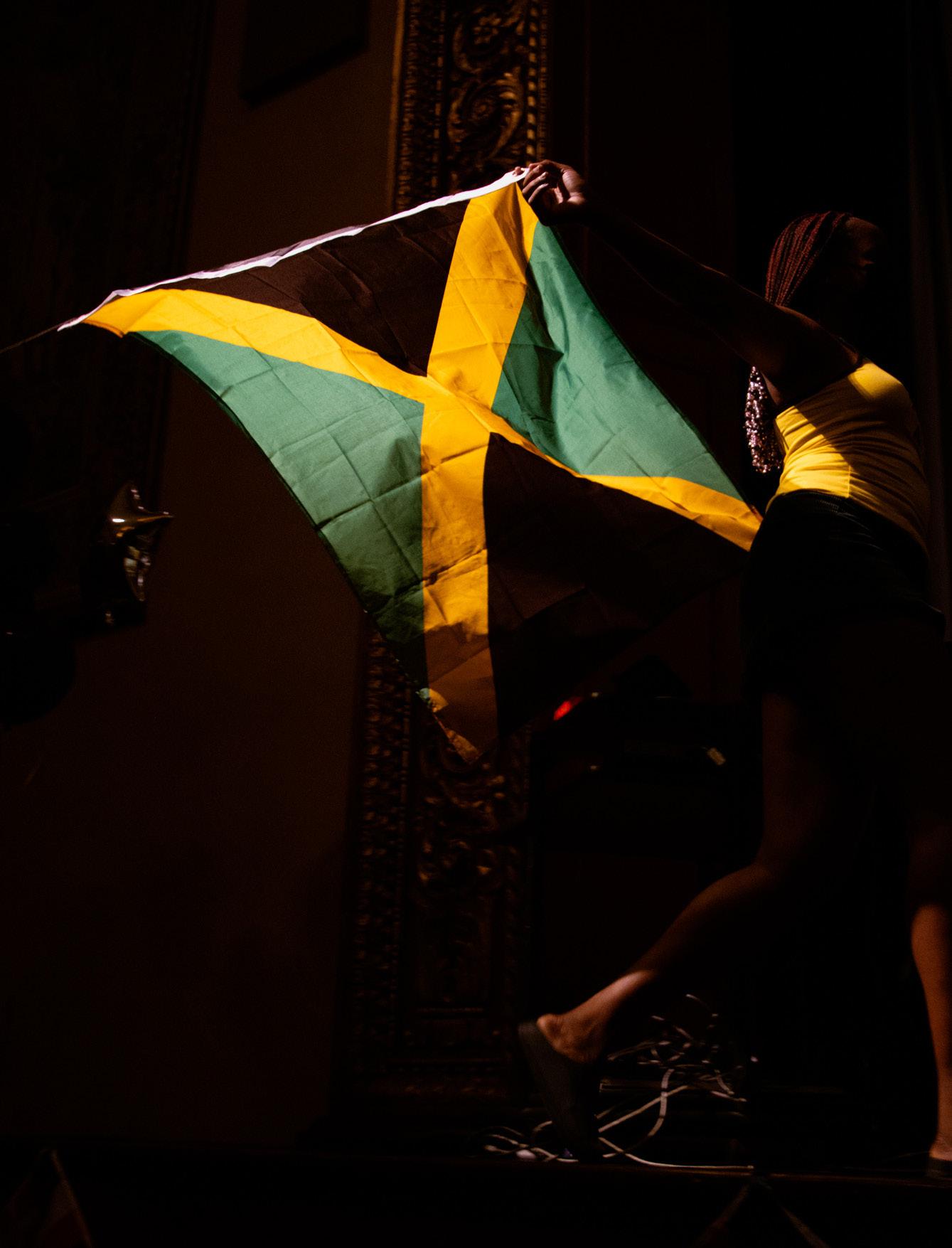





















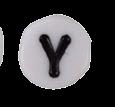


 WITH DEEVA SC OTT ‘22
BY BERNICE SUN ‘24
WITH DEEVA SC OTT ‘22
BY BERNICE SUN ‘24

BS: What do you usually make?
DS: I make a variety of pieces! When I first began making jewelry I primarily made necklaces and bracelets, and have now expanded to also crafting rings and anklets. I always love trying out new designs which can extend to a lot of things. Custom orders are always fun because I really enjoy bringing people’s creative visions to life. What beads to include, what length they’d like the piece to be—it’s always an interesting process. Some customers also give me creative leeway in their orders, indicating that they have a concept in mind and letting me “run” with that idea per say. But primarily for the business, I sit down with myself and brainstorm new pieces of jewelry. Depending on the beads I have in stock at the moment, it’s always a fun challenge for myself to think of different color and bead combinations to create a piece. Pieces include a diverse number of beads—letter beads, stars, smiley beads, pink pearls, angel wings. Feel free to check out @designsbydeeva on Instagram to see some designs :)
BS: Where do you find inspiration?
DS: I constantly found myself wanting to accentuate my outfits with jewelry, and I wanted to take a step outside of my norm of usually wearing gold or silver. This is how what I now dub the Smiley Clutter Necklace came to be. The Smiley Clutter necklace is made up of a variety of beads—millefiori, skulls, pearls to name a few—with a smiley bead in the middle. I wanted a fun and creative piece of jewelry that was unlike a piece I owned that I felt really spoke to me. Inspirationally, a lot of the pieces are born like that. I think about the current season, my mood, what I envision myself, and then craft the design. A number of pieces are also truly born from browsing a craft store and thinking, “I would want that as a pair of earrings!” I had no intention of starting a business until I got a lot of interest from friends—sometimes even nice strangers—who complimented the necklace and wondered where they could purchase it. I’m really thankful for all the support I’ve gotten thus far and am really looking forward to seeing where Designs by Deeva goes in the future!

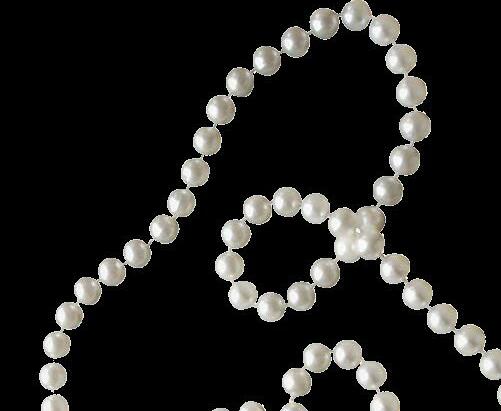
When we think of the long-standing relationship between art and fashion, shape, form, color, and social, historical, and cultural references are just a few words that come to mind. Fine art has had a significant impact on fashion; Salvador Dalí’s work inspired Elsa Schiaparelli’s 1937 Lobster dress, and Damien Hirst’s Etymology series led to a collaboration between him and Alexander McQueen’s team to design scarves in 2013.

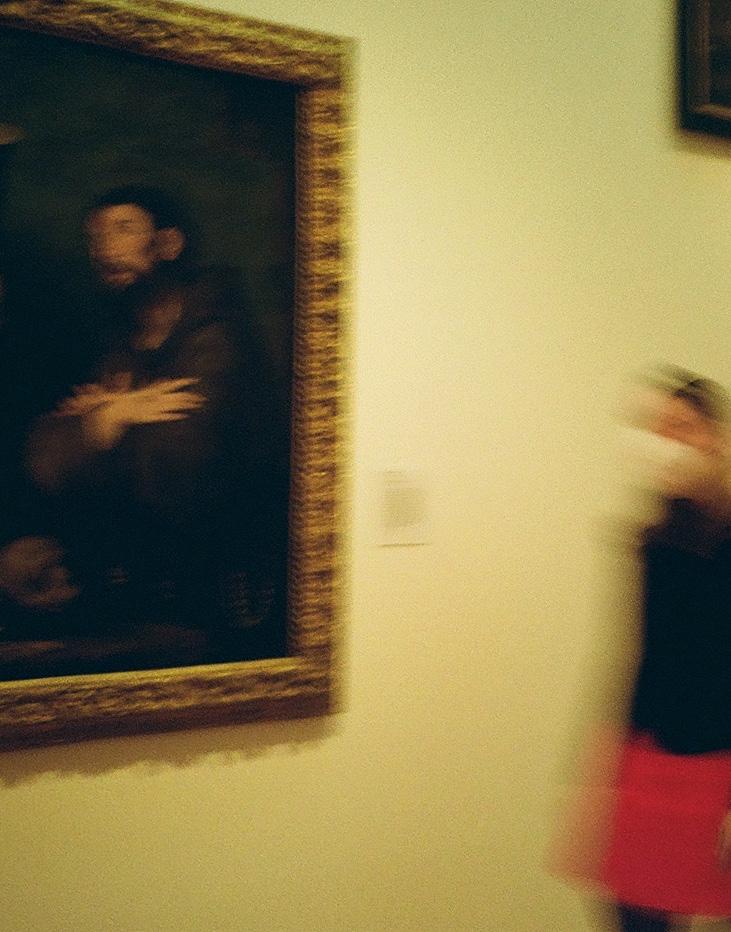
This Spring, W.Collective collaborated with Wellesley College’s art publication, Pentimento, to exhibit this relationship—how life and fashion come to life as reproductions of art. We asked Pentimento’s Editor-in-Chief, Regina Gallardo, Pentimento’s Section Editor, Zoe Taylor, and W.Collective member, Breanna White, to pick one of their favorite pieces to recreate through what they wear.

created and directed by serena chan ‘23 ana rubin ‘24 produced by stella ho ‘22 regina gallardo ‘23 modeled and styled by breanna white ‘22 regina gallardo ‘23 zoe taylor ‘23 photographed by serena chan ‘23 ana rubin ‘24 edited by serena chan ‘23 ana rubin ‘24 makeup by zoe yu-shin chang ‘25 special thanks to the davis museum

Regina Gallardo’s piece, Ex-voto of Josefa Peres Maldonado (Aguascalientes, Mexico, 1777. Oil on canvas. 27 1/4 × 38 1/2 in. (69.2 × 97.8 cm). Davis Museum at Wellesley College, Wellesley, MA, 2004.10.), depicts nine people attending to Maldonado, as she undergoes an operation for breast cancer while lying in bed. Ex-votos, derived from the Latin term votive objects, are “devotional paintings commemorating the commissioner’s miraculous salvation from an illness or tragic event.” While ex-votos originated in Europe, they became widely popular in Latin America and can take many forms—such as paintings, plaques, medals, and more. This piece includes religious icons appearing on the altar and walls, and the inscription below the piece details the tragic ending of Maldonado. While the surgeon removed cancerous tumors from her breast, she eventually died from other accidents. We recreate this piece with Regina wearing a light blue dress, as she stands facing to her left, representing one of the women surrounding Maldonado.

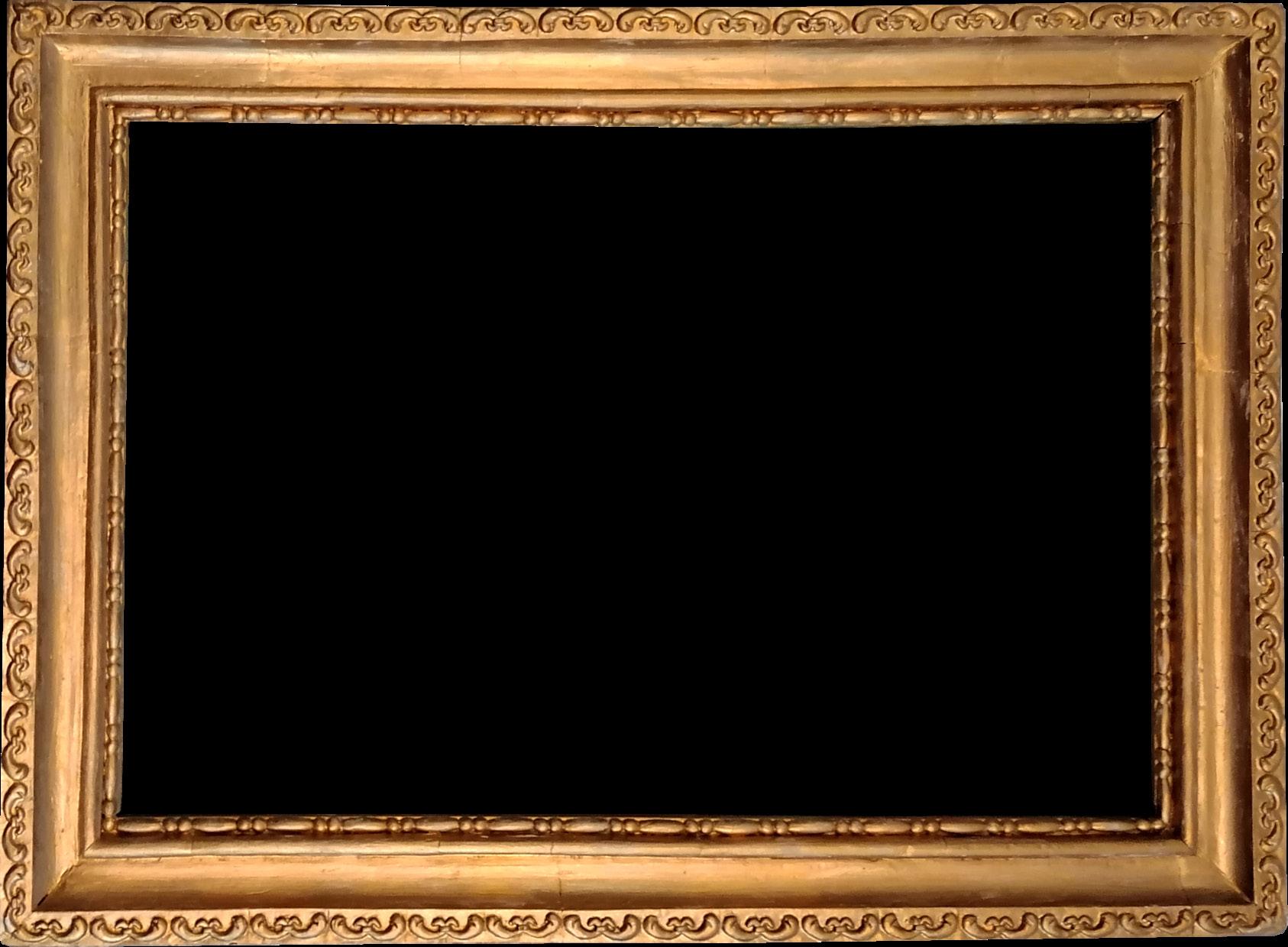
 Regina Gallardo (c/o 2023) Pentimento
Regina Gallardo (c/o 2023) Pentimento


Zoe Taylor’s and Breanna White’s piece, Loading by Tim Okamura (Canada, 2011, Oil and spray paint on canvas. 88 in. x 92 in. (223.5 cm x 233.7 cm). Davis Museum at Wellesley College, Wellesley, MA, 2011.15.)), draws attention to the contrast between two Black women holding hands. While both are painted with their natural hairstyles, they differ in their attire, one woman wearing darker colors while the other woman wears a white short-sleeved cardigan. Behind them is a loading dock that has the words “Loading” in large, white letters and a white dove in the upper left corner. Standing tall with each other’s hand tied together, the depiction of these two women inspired our reproduction of this painting, modeled by Zoe and Breanna.



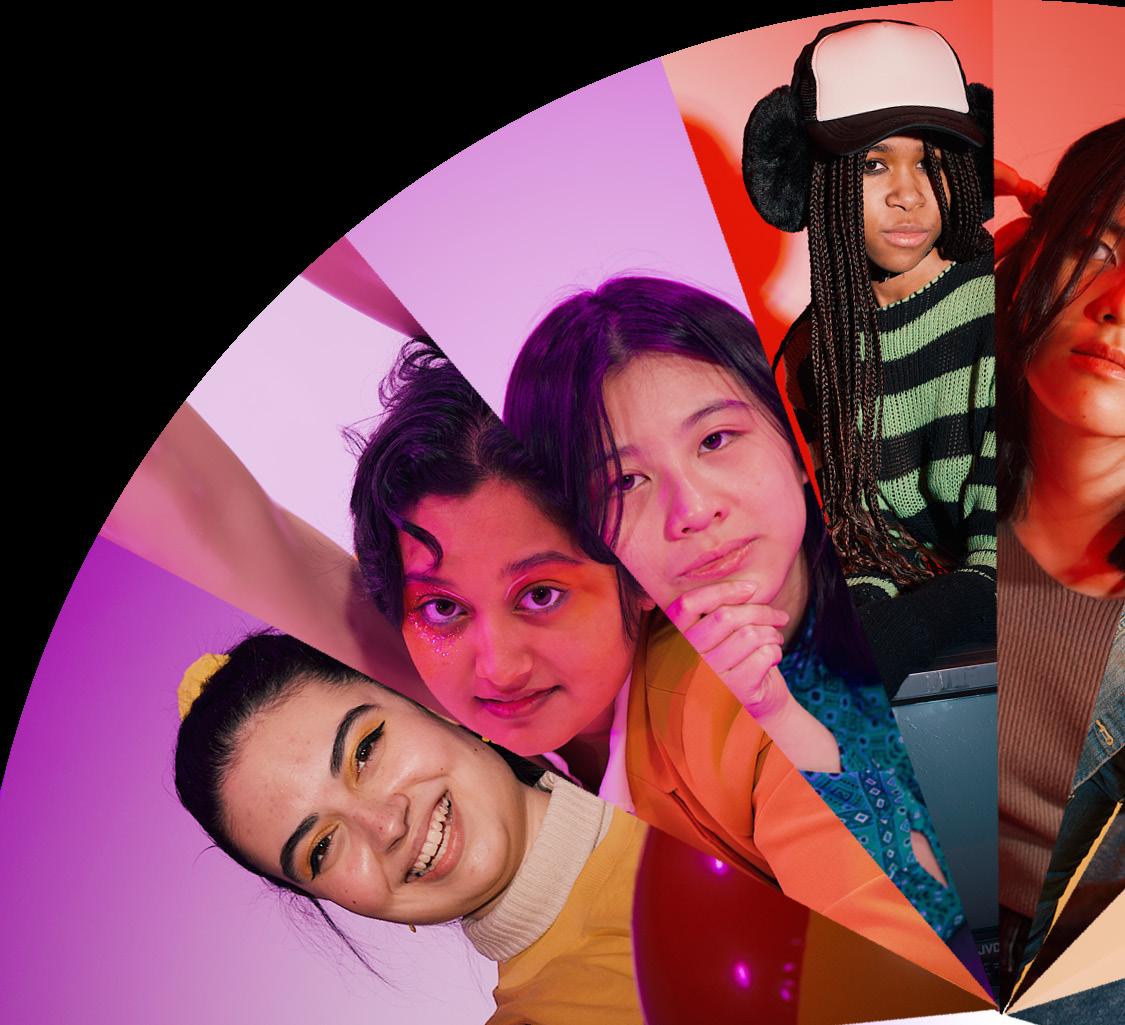




 directed, photographed, & edited by SERENA CHAN ‘23 ANA RUBIN ‘24
directed, photographed, & edited by SERENA CHAN ‘23 ANA RUBIN ‘24



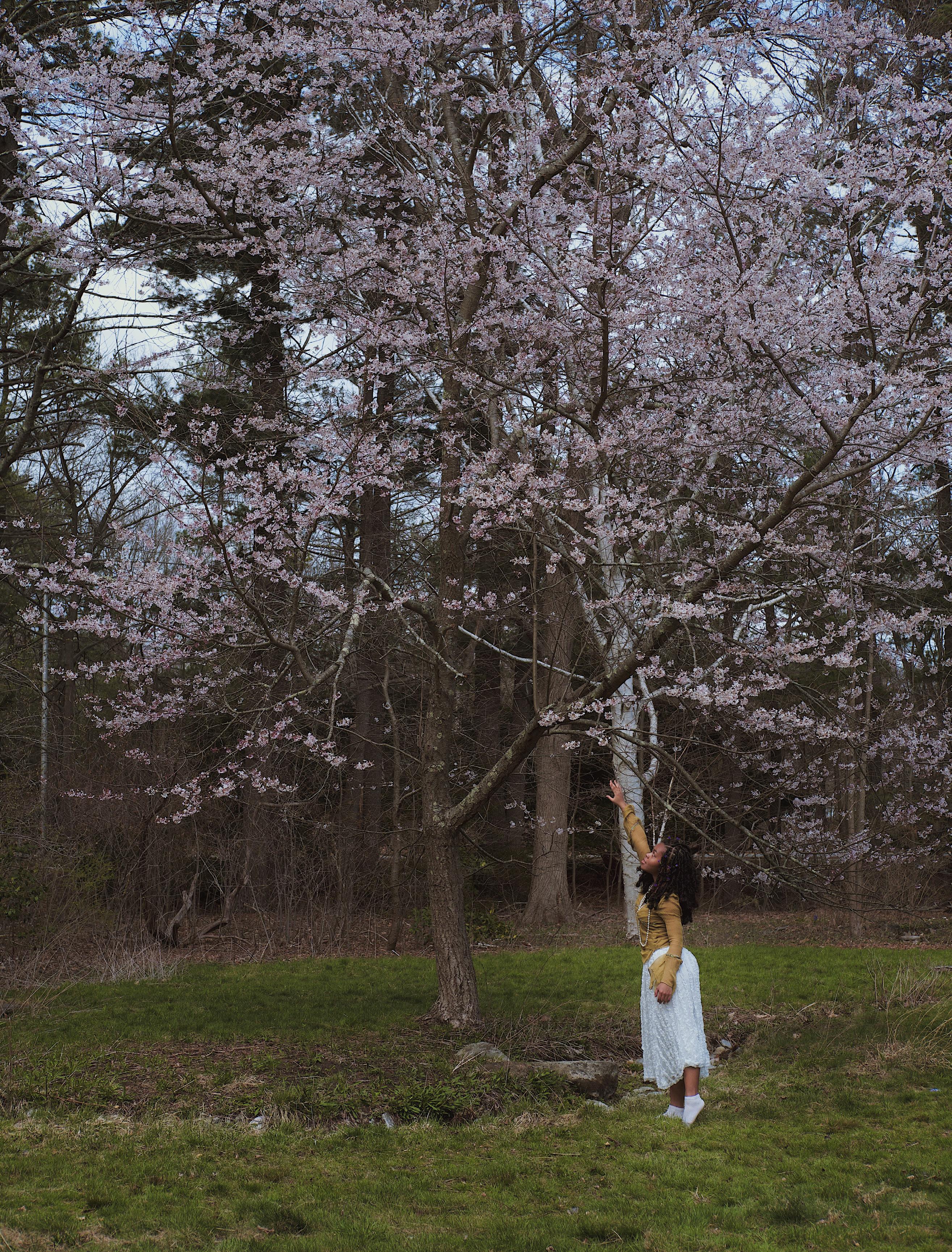

 braids by sylvette dupe-vete-congolo ‘25
braids by sylvette dupe-vete-congolo ‘25









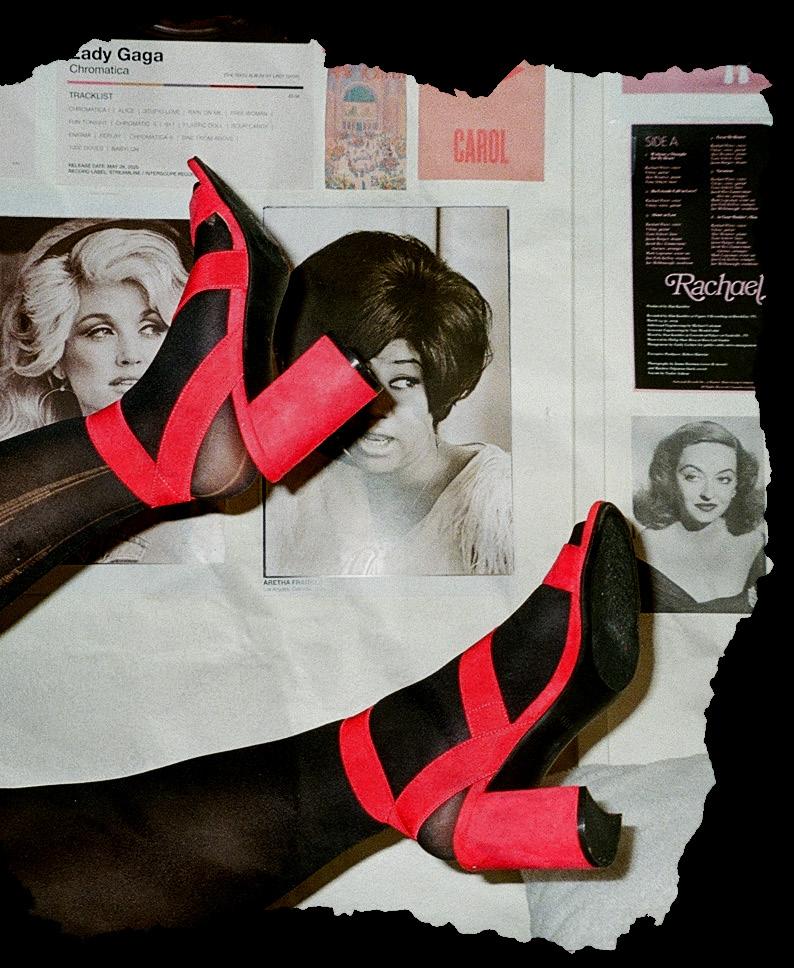
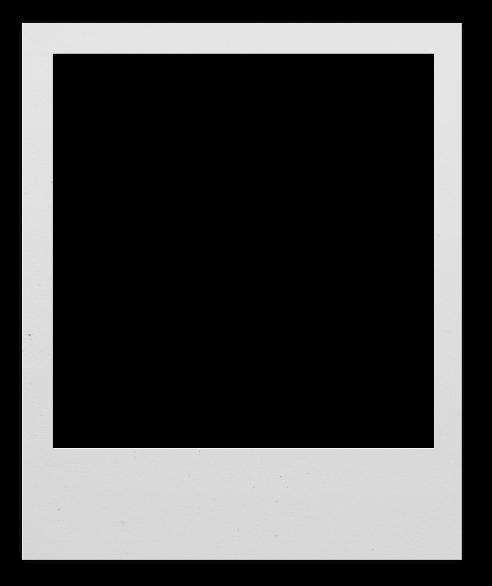











directed by riya balachandran ‘22 photographed by lila joffe ‘25 modeled & styled by riya balachandran ‘22 ivy buck ‘25 sophia cheng ‘25 sylvia nica ‘25









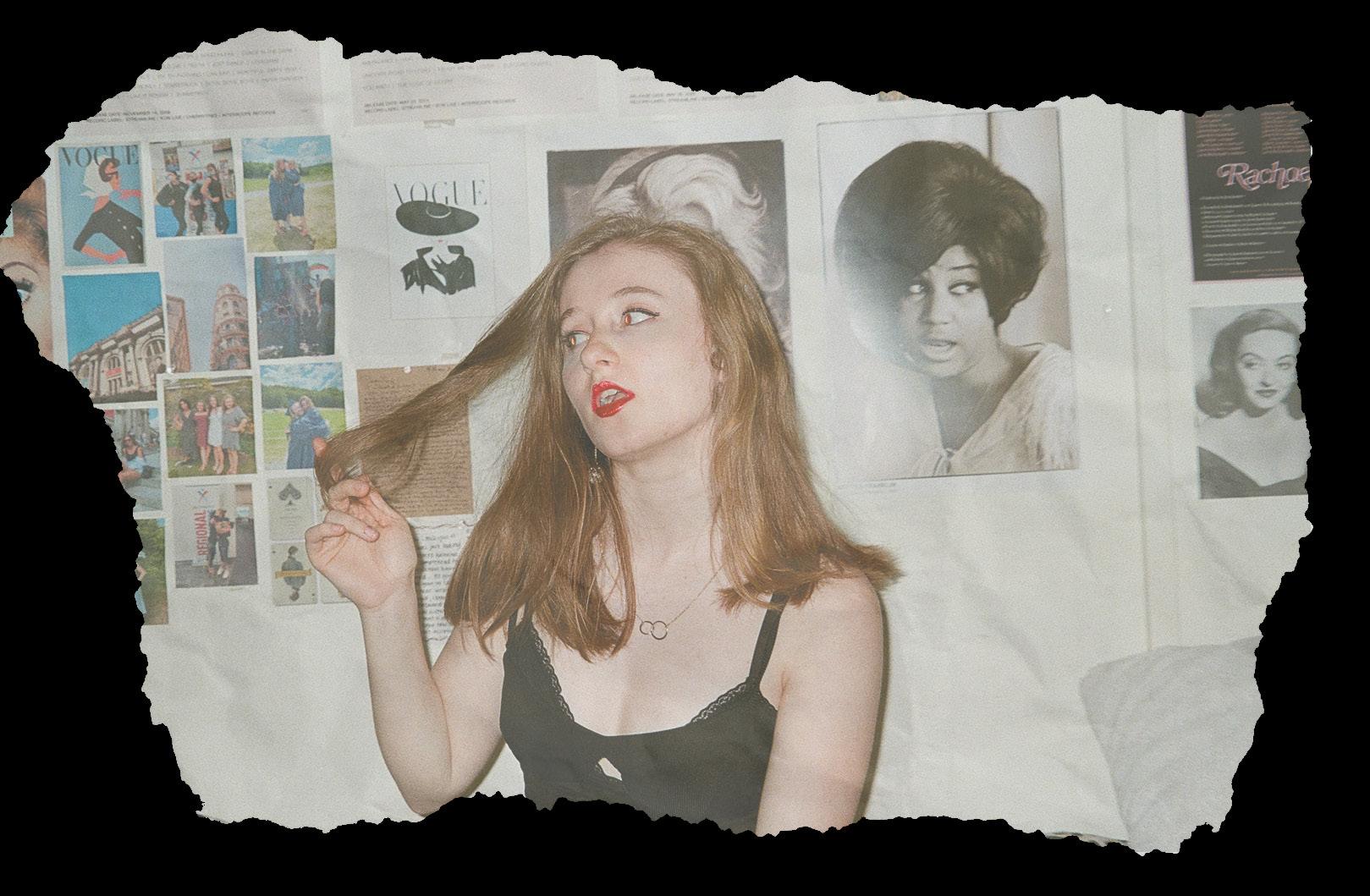







 BY BERNICE SUN ‘24
BY BERNICE SUN ‘24

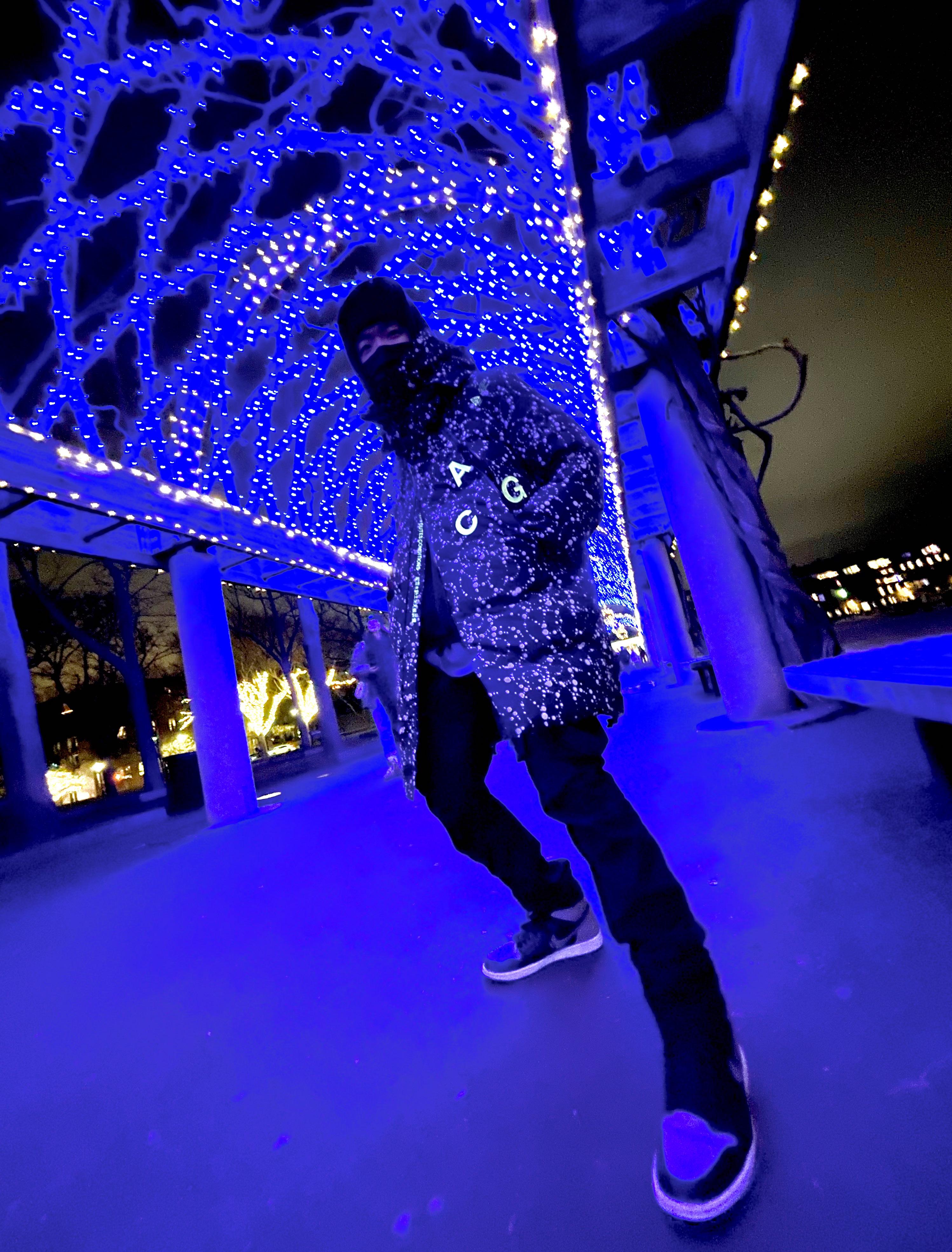
BS: Tell me a bit about yourself, both your background and what you’ve worked on in the past and what you’re working on now!
DY: I was a former K-pop trainee for three years. I was much more of a dancer and, well, I chose my path at sixteen. Before that I was studying just to be more normal in Korea. Yeah, so there’s not a lot of work that I’ve done ‘cause for trainees, it’s hard just to release something, and I was much more of a dancer. But since I left there and got here, I’ve been working on my EP. It’s my first time releasing something like this, so I’m working on that, and there are some upcoming performances.
BS: Could you describe your fashion with 3 words and why? How would you describe your style (ie. edgy, street, preppy, etc.)?
DY: First one would be “street” because sometimes I dress formally, but it’s usually street clothes. Second would be “free” because I like to try on different kinds of combinations of clothes. And where I just think freely, does that make sense? And third one would be “colors.” Because there’s certain colors, where it’s not really, really matching, but it’s still matching in a very unique way. So I just try to find what colors match this color, not perfectly but it’s still decent, but it’s still filled with some different vibes. Today I’m kind of wearing brights, but mostly my fashion is more black-based. So I like to just try out different colors, kind of like drawing on black paper with some colors on it.
BS: How does fashion add to your work as a musician? Or as an artist overall?
DY: I think my looks and my work are kind of very free, they don’t stick to one subject. Like it can be carefree, but also think of really dark things, like serious stuff, like social problems. So I think to kind of represent my personality as an artist, there’s no kind of restriction.
BS: Do you think that fashion plays a major part in K-pop artists’ concepts? And how does that start to influence other people, like other musicians outside of Korea)?
DY: I think fashion plays a major role because, like I said, when they first see you, the first thing that comes into your eyes will be the looks, and I agree that always the message is important in the art. But I disagree with the idea that messages are more important than visuals. So I think it really plays an important role to give a glimpse of what they’re talking about, through their art. And then K-pop, they try to match the concept and the fashion, so it can be a really effective way to just deliver the message right away in the first glimpse. So in that case it’s kind of affecting more to the outside people are more trying to dress by their moods and feelings, even the weather, like if it’s shining they dress bright.
BS: What was an outfit that you really enjoyed wearing? Can be for just daily wear or for a performance. Or can you give one example for each?
BS: As someone who has a background in K-pop, what are your thoughts on the way fashion and beauty are used in artists’ concepts? Particularly in men’s fashion and beauty, K-pop has pushed the boundaries on it. Do you think it’s influencing men’s fashion and beauty everywhere with the rise in Korean culture’s global influence?
DY: Just to me, I think girls are really affected by idols, but for the men’s, it kind of depends. ‘Cause some people think what they wear on stage could be a little too much for them, as in the case for men. In the past it was more just for the stage, but [idols are] now considering for stage and if it will look good when you wear it casually. So I think it has just more affected people’s styles. It’s hard to explain.
DY: So in performing, because I was a dancer, and I really like to separate dancing clothes I have like three looks. Dancing clothes, and performance clothes when I sing, and then there’s just casual looks. For the dancing looks I really like to wear hoodies or shirts because it makes movement look way more cool. And casual looks are more comfortable, but it’s kind of unique, in a different way. But it’s definitely not for dancing or performing. And for performance it should be in between that. It should be comfortable, it should be unique, and it should be cool on the stage while I’m doing some movement. So I really kind of strictly separate those two. I definitely think that dancers have their favorite clothes when they dance. I don’t wear short sleeves, just to me it feels off.
BS: Now that you’re studying here in America, are there differences you see between how fashion and beauty are approached in western cultures vs. eastern cultures?


DY: In Korea, since K-pop is such a big thing over there, it’s definitely affected normal people’s styling. So they’re always trying to be really cool and sometimes it feels like, mmm, do they feel comfortable in [those] clothes sometimes? The thing is that even though they’re coming here to study, they really care about their looks and how they style. But here—I’m not trying to be rude— but I think people are more kind of separating casual into two things. In college everybody’s dressing comfortable, but not really caring about others’ [opinions]. Just like the most comfortable clothes that you can wear outside, I think they’re wearing that. But when they’re hanging out with friends or having a party, they really dress cool. In Korea it’s kind of just the same. It’s just one thing, you should look cool in every single moment.
BS: Are there any fashion icons that you look up to?
DY: You know G-Dragon? He’s considered as an icon of fashion, I think among all Koreans. But I don’t think he’s really an icon, because I just wanted to mention this. ‘Cause I know he’s cool, but sometimes he’s just like, you know that quote, I don’t know who said it, but there’s, like, a word for if you get famous, even [if] you just poop, people will clap for you. I think the way he dresses is literally that quote. In Korea [for me] it’s, hm, I don’t know, I think there’s no specific one person that I want to say, but I kinda gather just, all kinds of others’ outfits, so if the top, the thing that he’s wearing on the top is cool, I’ll search for it, but for the bottom I’ll look at other artists and I’m kind of matching it, to see would it look cool together.
BS: Is there a specific fashion/beauty concept you have for your upcoming projects? What are you most excited about?
DY: So since my upcoming project, like really upcoming project, like the performance, that is like the fastest upcoming thing that’s going to happen. Yeah, cause, I don’t know, I’m just, like, excited for the performance. I’m glad that nowadays cropped jackets are not only for women, and I love cropped jackets, ‘cause like I love to layer stuff, and when your jacket is too long, you should wear longer clothes, but there’s not much longer clothes than my jacket, so I think it’s kind of similar to what I wore in Wellesley, but more kind of light-colored jacket, but it’s cropped, it’s like khaki, but it gives heavy feelings, it’s not snappy, the way it looks is light, but [the vibes] are kind of heavy, so yeah. Yeah I’m just excited.
BS: And are there any last things you want to mention before we end this interview?
Yeah, so this is just my thoughts. But some people are really just following the trends, but I don’t judge people’s looks, how they dress or wear, but I realize that some people are really kind of care about how others think about their looks. I just wanted to say that it’s just clothes after all. There’s a lot of fancy words, but it’s just clothes you wear, to go outside. So I really want to say, for people who are caring about other’s looks, just wear whatever you want, it’s just you. And those people tend to follow just the trends, like just buying clothes that they don’t really fit to you, yeah, so, I just wanted to [say], just wear whatever you want. People are not that judgy these days, they’re really open, so just wear what you want. Just stick to your beliefs.

